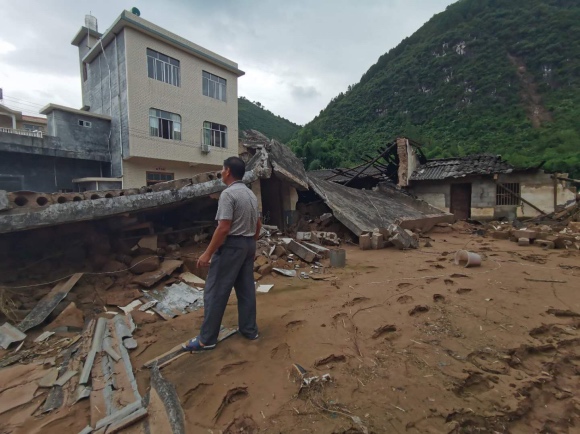Unprecedented rainfall has washed away many buildings and taken numerous lives in the remote mountainous region.

Houses in Shuangjiang Town of Lipu in Guangxi Zhuang Autonomous Region were torn down by the flood c
By LIANG Zhou
Soaked to the skin, Long Cuijiao looked on as her house was torn apart and swept away in a torrent of slurry and rubble. He Ming’s supermarket was filled with mud and his business ruined. Torrential rain and floods have wreaked havoc in Southwest China’s Guangxi Zhuang Autonomous Region.
Long and He are some of the lucky ones. Storms have claimed 39 lives this month. More than 5,000 houses have been destroyed and over 400,000 people were evacuated.
The town Lipu subsists on the proceeds of sweet potatoes and coat hanger factories. Named for the Lipu River that runs through the city, settlements alongside one of its tributaries, the Maling River, felt the worst of the destructive power of previously tranquil mountain waters.
On June 4, Long’s husband Zhang Chuanjiang called from Guangdong to warn her about the approaching weather, worried that their old house would not survive. Flooding and torrential rain are no strangers to the village of Miaomenzhou, and their house was only 100 meters from the river. Every year, floodwaters flow past their front door, though rarely cross the threshold.
A few days later when Long’s little son Doudou was having his breakfast, the water flooded in and Long decamped to the second floor with Doudou in her arms. They hung on there for about two hours until a terrible noise rocked the humble dwelling and one of the walls collapsed. Doudou squealed as Long carried him to the roof where she watched the milky water rise and the village sink.
Comforting Doudou on trembling knees, Long listened as her neighbor told her to climb onto the roof of another house closer to high ground and fetched a ladder. While Long hesitated, the house beside hers collapsed and she found herself stranded on an islet in the middle of a yellow sea.
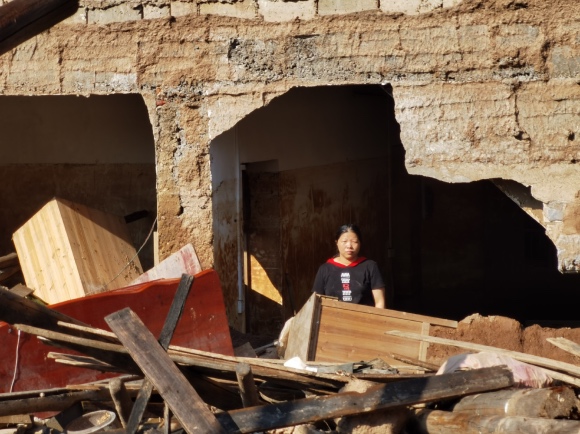
Dark was falling by the time a boat arrived. She lowered Doudou to the rescuers below before clambering aboard herself. As they sailed off into the murk, Long heard the distant splash of her house falling down. Days later when she returned only one wall of the house remained. She dug out a bucket, a chair and a wok. Life goes on. The insurance company will pay something toward reconstruction, but a lot less than the family needs to rebuild their home.
“I guess we’ll just cross that bridge when we get there,” said Zhang. “If the government can’t help, we’ll be homeless.”
Not far from Miaomenzhou, all the farmland in Zhaoyang Village went underwater. The small settlement was home to 60 families. The villagers were very blazé about the flooding, haughtily assuming that they were safe on their hillside, even though farms down the hill were already underwater. Bemused residents came out to watch the floods devastate the valley below, Wei Jianwu among them.
At 60, he had never seen such a storm before, and as he returned home he was met by an avalanche of tree trunks and huge rocks bearing down on the village from the hillside above.
Wei fled, shouting to the others to leave, and within 20 minutes, 19 houses had simply vanished, but thanks to Wei, all the villagers were safe. Returning after the disaster, Wei could clearly see the red scar of the debris from afar, scything through the green hillside. It took three days to remove the mud and rocks from his house, but whether the house will ever be habitable again needs further assessment.
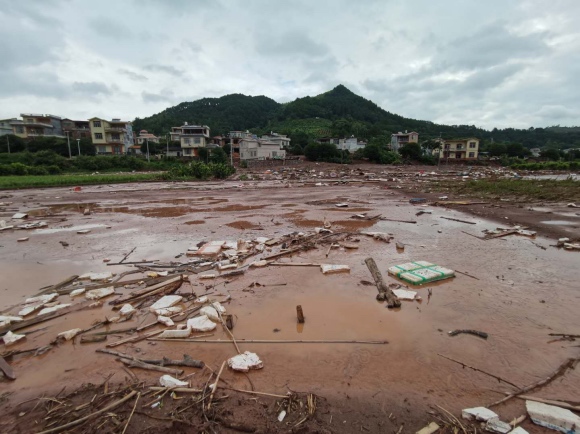
“Looking back, it was lucky that we went out to see the flooding,” said Wei. “If the mudflow had come at night or when we were at home, many lives would have been lost.”
Some blame the neighboring village uphill who deforested the hillside and planted orange trees, 20-20 hindsight from people living on the hillside that they and their predecessors had already deforested.
“We knew it would affect the environment somehow,” a villager said. “We just didn’t know how badly or how quickly.”
More than 1,000 professional and volunteer rescuers were involved, saving countless lives from the troubled waters, but the survivors still have a lot to do to put their lives back together.
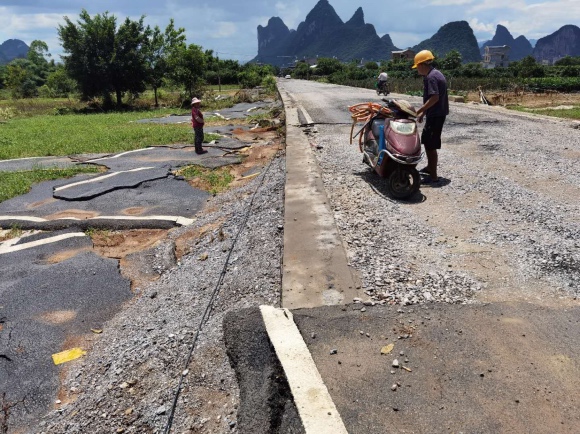
He Ming owns a supermarket in Shuangjiang, a small town 10 kilometers from Miaomenzhou. On June 7, when he opened his store at 8 am as usual, water was already rising in the street.
At his warehouse, the water soon covered his shelves, destroying weeks of stock. Back at the store, all his goods were afloat on water. He tried to slam down the rolling shutter, but the water tore it from its frame. He gave up the store and took his family to run for their lives.
When the flood abated and He ventured back into the filth of his store, he saw that the water had left yellow marks on the pillars as high as his head. It took the family days to sort out the chaos and find what could still be sold.
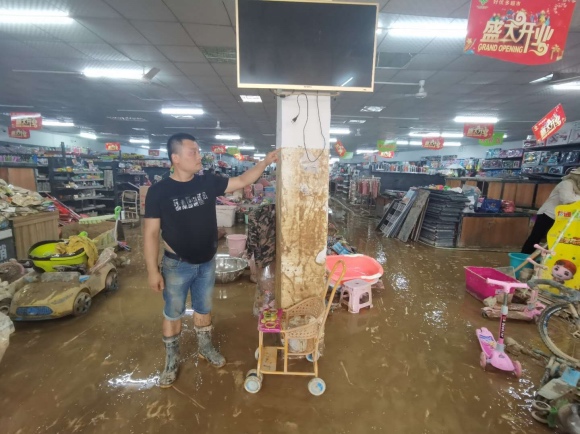
With all his goods at knockdown prices, the whole town showed up at his supermarket to share in the spoils. The flood had washed away at least two million yuan (US$ 280,000).
“My other supermarket was also flooded,” he told Jiemian News. “When I went back there, there was almost nothing to be found.”
Headmaster He Binghua was trapped alone in his primary school in Shuangjiang for over 24 hours. When the flood retreated, the classrooms on the ground floor were still submerged. The mud had left tidemarks on the walls up to three meters high.
“We had just renovated the building and it is basically wrecked,” said the headmaster. “But it is still our school.”
The school only returned on April 20 due to the COVID-19 epidemic, and now will close once again. He has no idea when classes will resume.
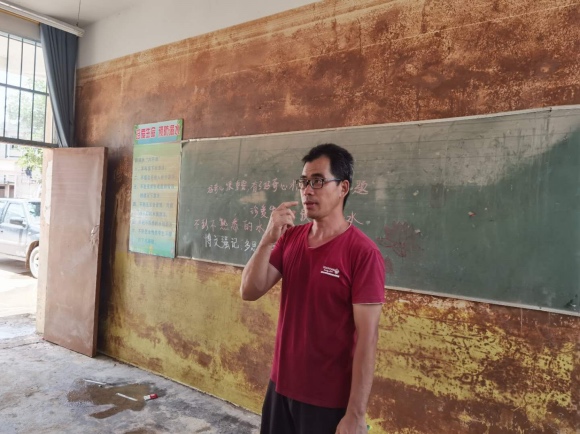
After days of rain, the Dajiang reservoir on the upper stream of the Maling River began to discharge.
Lin Xuanqiang, 60, was on watch at the dam and recalled water in the spillways on June 6, but nothing to worry about.
“The water rose 30 centimeters in 10 minutes on the morning of June 7,” Lin said. “I had never seen anything like it.”
He reported the rising water to the water authority every 20 minutes. The spillway of the dam has no sluice gate, so water runs straight down the hill when the reservoir level passes the alert line.
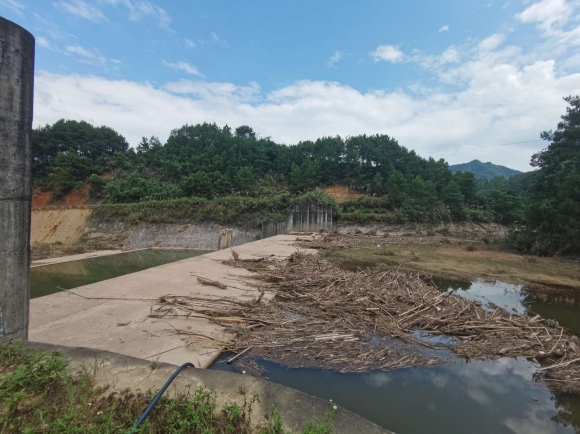
Warnings were sent out to villages and towns that day, an official from the emergency management commission told Jiemian News. “But the rain was too fierce and we didn’t have enough time to evacuate everyone. Our monitoring system was flawed.”
Many villagers told Jiemian News that they received no warning at all.
“I received a text message saying that other towns would be flooded and people there should prepare themselves,” said a villager from Shuangjiang. “But we didn’t know it was coming for us. No one suspected it would be so deadly.”
